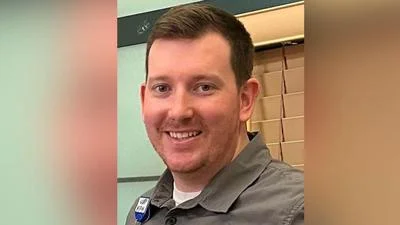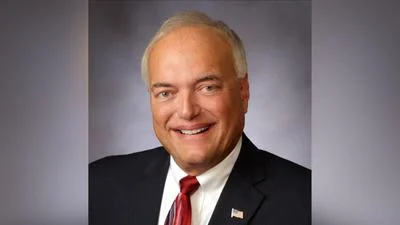MOUNT VERNON – When Dr. Barry George, a cardiologist at Knox Community Hospital, asks new patients whether they exercise, they sometimes reply, “Yes, I cut the grass.”
For heart health, that doesn’t really count, the physician told the Mount Vernon News.
“Do you do some type of aerobic exercise for 20 minutes, three times a week, to get your heart rate up to around 110 or 120?” George then asks his patients.
That is the kind of exercise patients need to do to avoid heart problems, he said.
It’s also important for patients to keep their LDL cholesterol levels low.
“Studies have shown that we need to have your LDL cholesterol (aka the bad cholesterol) below 100,” George said. “By diet and medication, we’ll get it below 100. Because we know that if we do that, it’s going to greatly reduce your chances of a cardiac event in the future.”
Then there is weight — but in particular, a patient’s Body Mass Index (BMI), which measures the amount of fat a person has based on their height and weight.
“Studies over the last decade have shown that if your BMI is over 40, you are a sitting duck for a cardiovascular event,” George stated. “We tell those patients we need to get you down to a BMI of 35 or less. We do that with the incentive that it is going to reduce your chances of a future cardiovascular event.”
A combination of weight loss, aerobic exercise and controlling bad cholesterol will make a difference, the doctor said. Unfortunately, most patients don’t get this advice until after they have already experienced a cardiac event.
“It’s coming as an afterthought, not as a forethought,” George said.
Patients can have a heart attack even if they had experienced no symptoms such as chest pains, he noted.
“A little-known fact to many people is that 60% of patients who have a heart attack never have a warning sign,” George said. “Or if they have a warning sign, it’s so vague it doesn’t allow them to put two plus two together that it’s a heart problem.”
An even scarier statistic is that 20% of patients who have heart attacks die within an hour.
“Those are pretty crappy statistics when you think about them,” George said. “More than 2 million heart attacks a year occur in the United States. This is not like some rare disease. It is its own little pandemic.”







